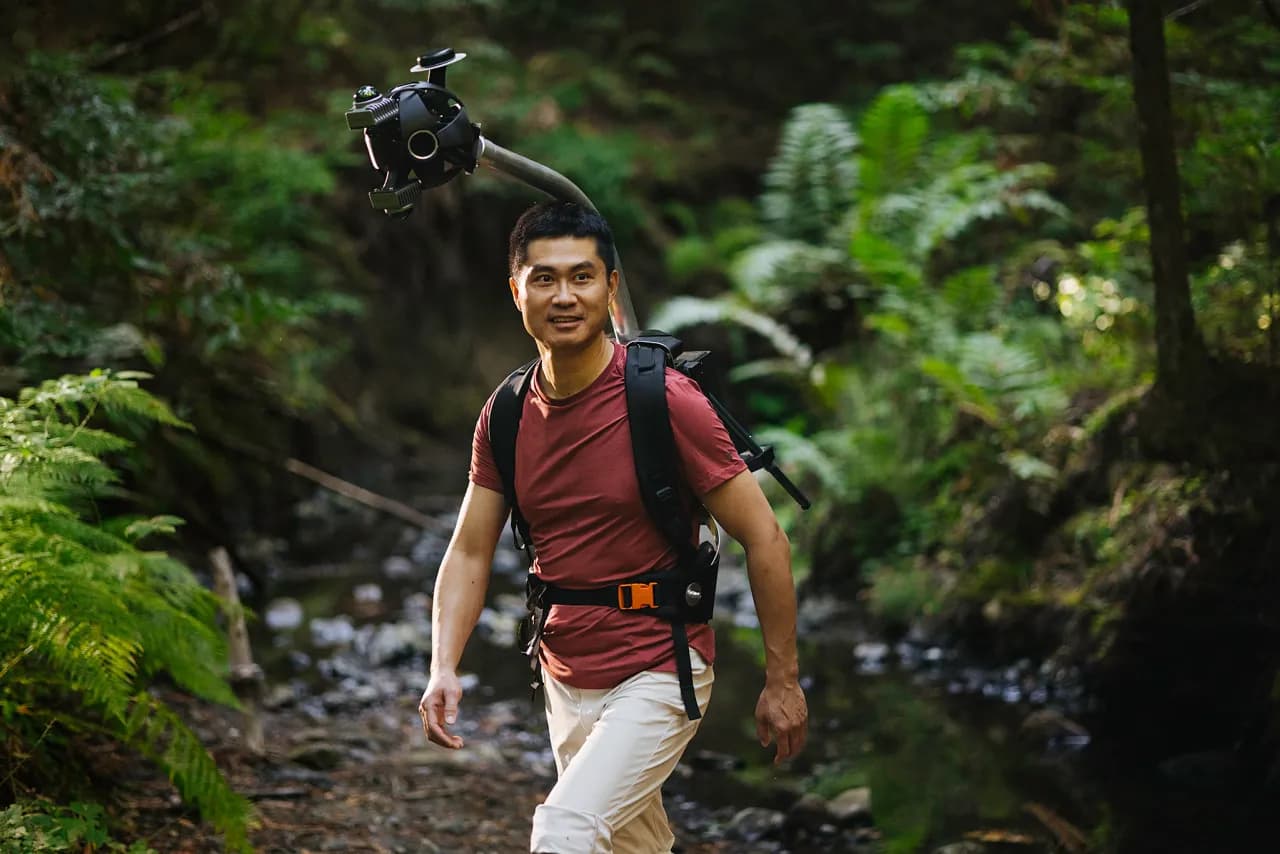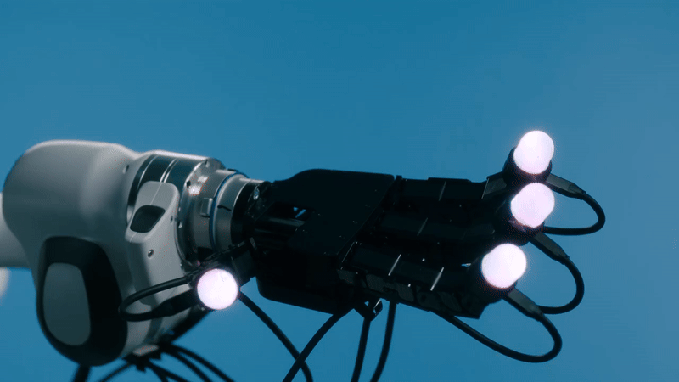AI Startup Uses Backpack Cameras to Capture Real-World Scenes
Odyssey, a generative AI startup co-founded by self-driving technology veterans Oliver Cameron and Jeff Hawke, is setting out to empower creators with the tools to construct detailed cinematic worlds. The company’s innovative solution? Harnessing real-world data by strapping cutting-edge camera rigs to human explorers, who then journey across diverse landscapes, capturing immersive scenes in meticulous detail.
The Tech Behind Odyssey’s Advanced Capture System
Odyssey’s “advanced camera capture system” boasts an array of high-tech components specifically designed to capture the environment with precision. Weighing approximately 25 pounds, the system includes:
- Six high-resolution cameras that provide a 360-degree perspective in 3.5K resolution
- Two lidar sensors for accurate depth perception
- An inertial measurement unit (IMU) to stabilize and track orientation
This equipment enables Odyssey’s system to gather data from practically any location reachable by foot, allowing it to function similarly to Google’s Street View Trekker but with enhanced depth and visual fidelity. The captured data includes “physics-accurate” metadata, facilitating an immersive digital reconstruction that captures minute details in lighting, texture, and geometry.
Data Collection: Building Cinematic Worlds from Real Life
Odyssey’s data-gathering expeditions cover diverse terrains such as forests, caves, trails, beaches, glaciers, parks, and urban landscapes. The goal is to generate high-fidelity digital reconstructions that can power generative AI models. These reconstructions mirror Meta’s Hyperscape project, creating a vast array of hyper-realistic scenes that digital creators can use to produce cinematic experiences.
But why go to such lengths? Odyssey envisions a future where creators can design entire worlds from scratch, with complete control over scenery, lighting, character positioning, and even movement. By capturing fine details from the real world, Odyssey aims to bridge the gap between generative AI’s potential and Hollywood-grade, lifelike virtual environments.
Generative AI Models: Bringing Depth and Detail to Virtual Worlds
Cameron and Hawke highlight that Odyssey has developed multiple generative AI models capable of integrating various visual layers, from object geometry to nuanced lighting effects and motion. These models are then synthesized into cohesive, detailed virtual scenes.
Although the technology is still evolving, Odyssey aims to overcome the limitations that currently challenge world-building models. Their objective is to create AI models that can “feel alive,” grounded in the richness of real-world data.
Securing Funding for Future Growth and Expansion
Odyssey’s ambitious plans have attracted significant investor interest. The company recently closed an $18 million Series A funding round led by EQT Ventures, with additional support from GV and Air Street Capital. This brings Odyssey’s total funding to $27 million, which it will use to expand its data collection operations beyond California to other U.S. states and international locations.
While privacy protections will be a priority, the company is aware of the regulatory landscape, especially given past controversies around privacy concerns with Google’s Street View data collection.
Odyssey’s Vision: The Future of Film, Gaming, and Virtual Experiences
In a recent blog post, Odyssey emphasized its belief that “generative models can only achieve Hollywood-grade realism by training on extensive, multimodal 3D data from the real world.” The founders are confident that the combination of their advanced camera technology and data-rich generative models will create revolutionary tools for film, gaming, and more.






